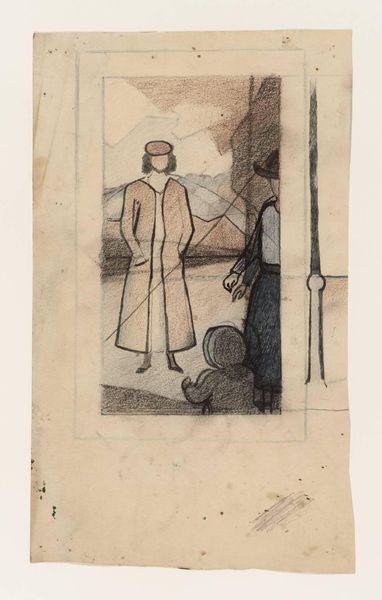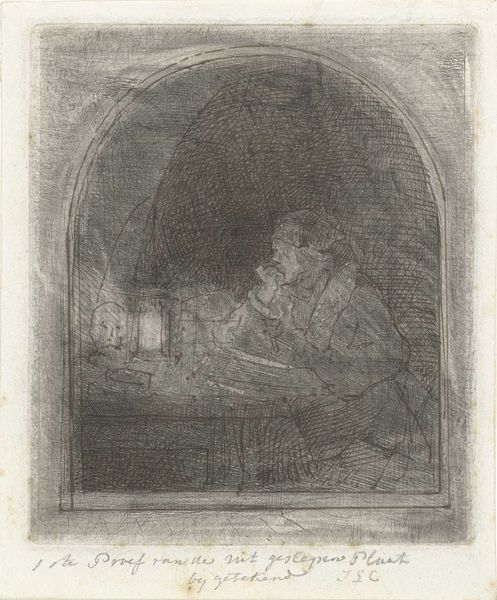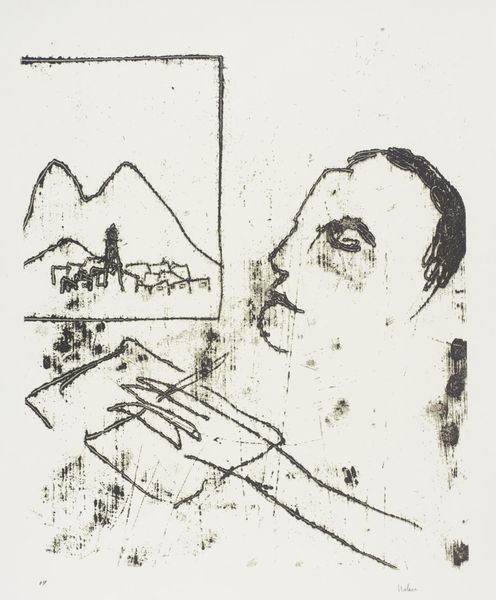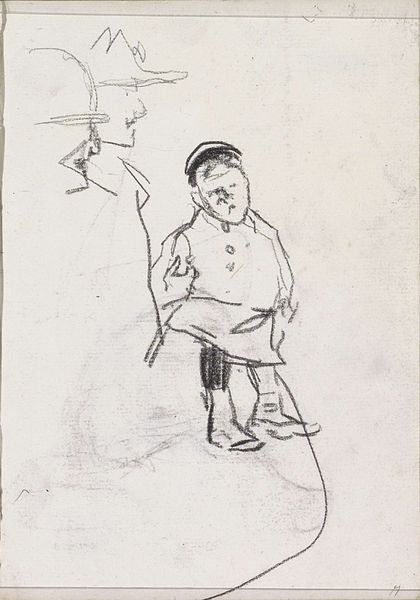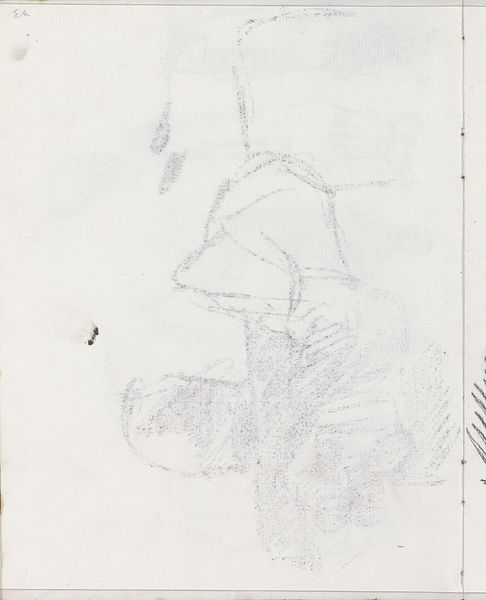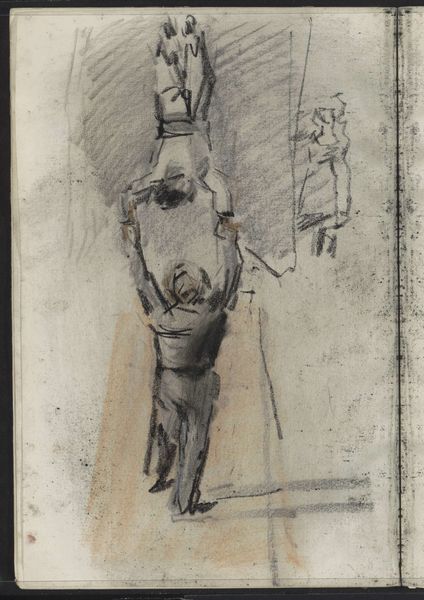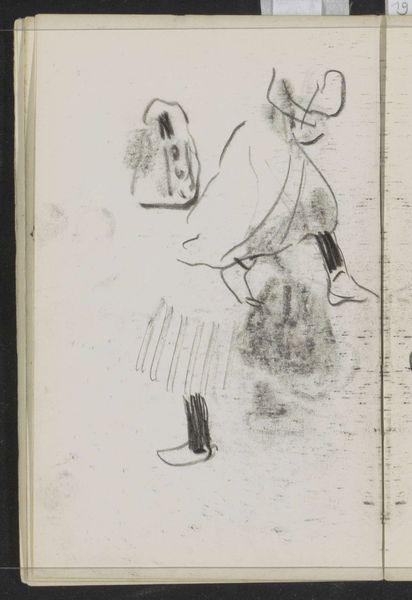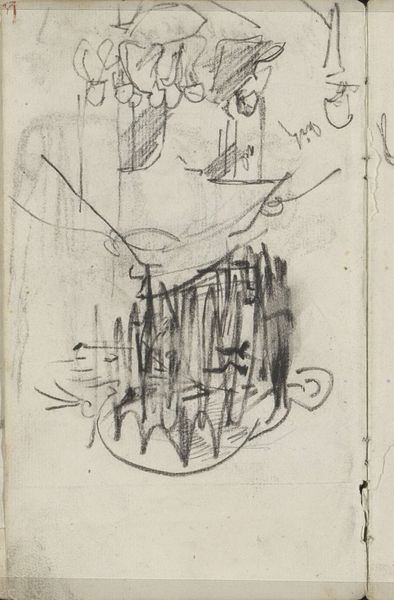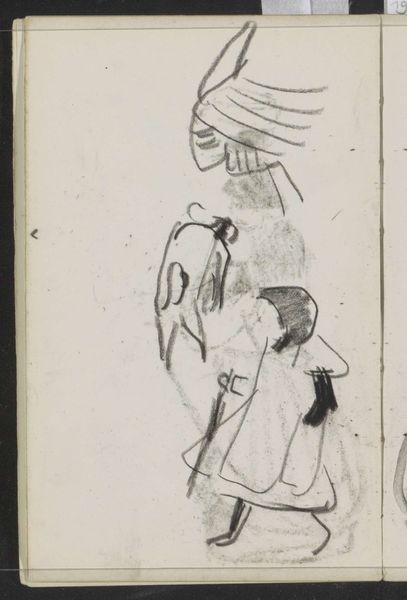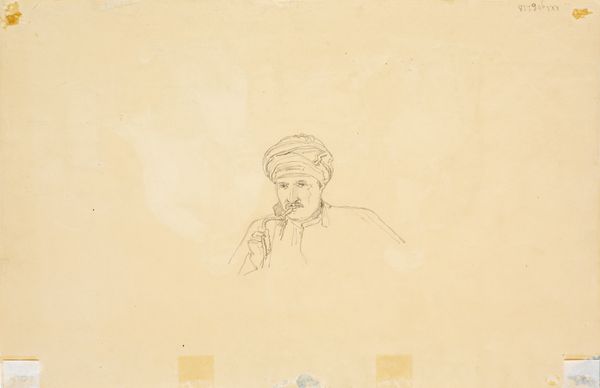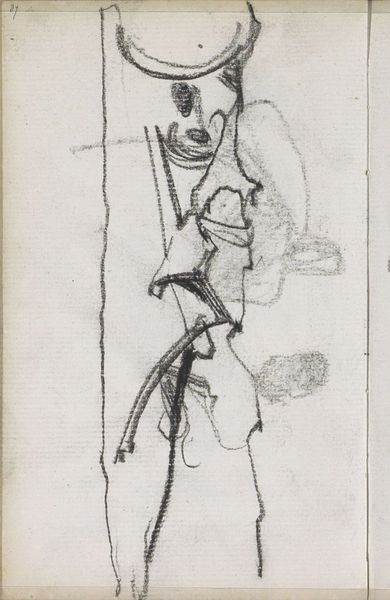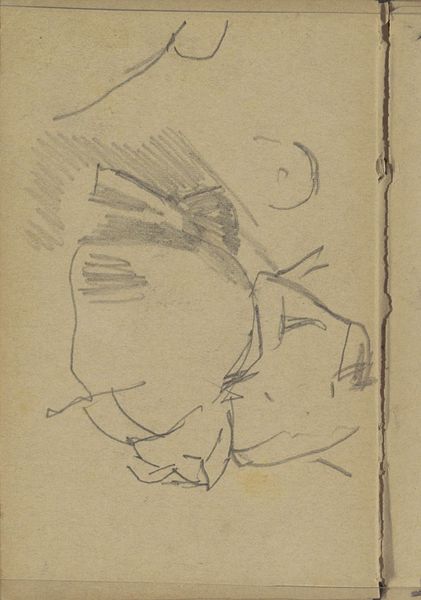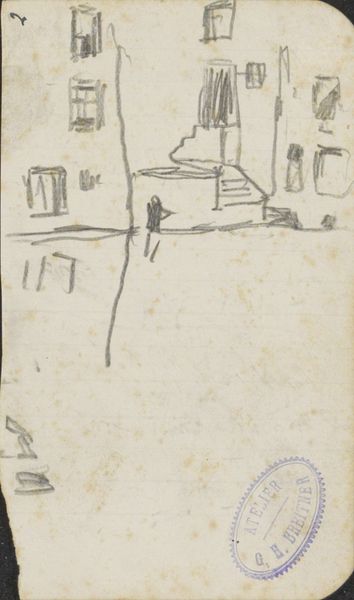
drawing, print, etching
#
drawing
#
amateur sketch
#
self-portrait
#
quirky sketch
# print
#
etching
#
sketched
#
incomplete sketchy
#
personal sketchbook
#
sketchwork
#
detailed observational sketch
#
abstraction
#
sketchbook drawing
#
sketchbook art
#
modernism
#
initial sketch
Copyright: Public domain
Vajda Lajos created “Life Tree Self-Portrait” in 1937 using etching on paper. During a time of rising fascism and social upheaval in Europe, Vajda, of Jewish heritage, grappled with questions of identity and belonging. This self-portrait, part of a series blending the personal and symbolic, positions Vajda within a complex landscape. We see a man in profile against the backdrop of buildings, an arch, and a window— perhaps representing the synthesis of different environments and influences that shaped his sense of self. The “life tree” symbolizes growth, connection to one's roots, and a search for meaning, alluding to Vajda's own quest for identity and place within a rapidly changing world. The artist's face, etched with intricate detail, seems both burdened and determined. The window above could represent hope, or maybe a barrier. Consider how Vajda uses the self-portrait to express universal themes of identity and existence during times of turmoil.
Comments
No comments
Be the first to comment and join the conversation on the ultimate creative platform.
